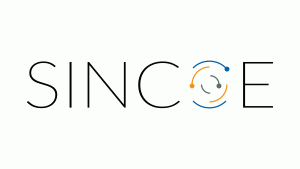Enhancing Team Competencies: A Case Study on Motivating Students, Peer Assessment with Sincoe@, and Mapping Team Roles to Innovative Outcome : 2024-04-23
Keywords: Active learning, Sincoe@ self-peer assessment, team role dynamics, innovative behavior, engineering education.
The motivation behind this initiative was to engage and motivate students, test efficient assessment tools, and analyze team performance based on personal competencies and roles. Through classroom workshops, the implementation of the Sincoe@ tool, and the use of the Belbin model, the study compared results across groups and evaluated different feedback models. Ultimately, it gained insights into activating learning, utilizing self-peer assessment, mapping team roles to innovative outcomes, and assessing large groups effectively.
Recommendations: To provide clear instructions, facilitating open communication, and ensuring a supportive learning environment. Continuously monitoring group dynamics, role assignments, and individual contributions can help identify areas for improvement. Leveraging diverse assessment models and techniques caters to different learning styles and promotes a holistic evaluation process.
Apply SINCOE@ Assessment Tool as a feedback tool for student project-based learning : 2024-04-14
Keywords: ASSESSMENT, innovation competence (critical thinking, creativity, initiative, teamwork, networking), project-based learning, online, external supervisor, motivation, feedback, complimentary evaluation
This experience aimed to use the SINCOE@ Assessment tool as a feedback tool for student groups solving a specific problem. The project owner met the student groups face-to-face only at the beginning and end of the course. Otherwise, the guidance took place in remote meetings. Since the project owner was unable to monitor the students’ work based on non-online meetings, it felt challenging to give feedback at first. The assessment tool helped to articulate and concretise student groups’ work and accomplishments by describing their critical thinking, initiative, creativity, teamwork, and networking skills by tying examples to projects. The feedback was a good addition to the numerical grade the teacher gave.
Recommendation: 1) Go through the assessment tool items. 2) Choose from there the items that best came up in the outputs or activities of the student project, e.g. 1-3 items per dimension. 3) To articulate and concretize feedback about claims to the project.
More information: Assessment Tool: Sincoe@ – SINCOE Toolbox (upv.es)

